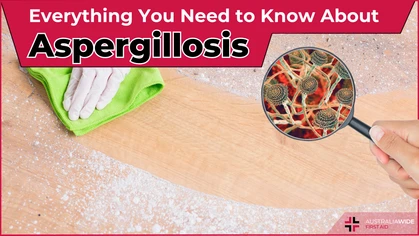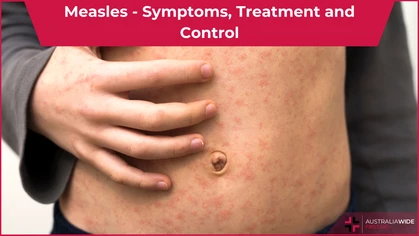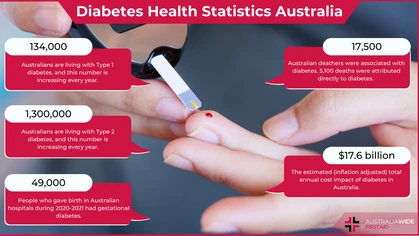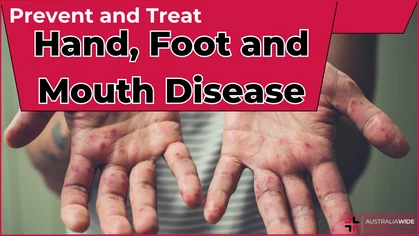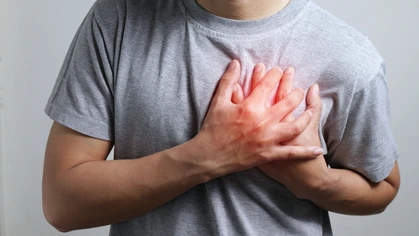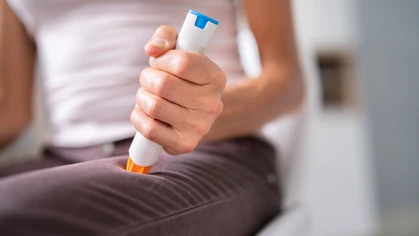Heart Attack in Men – Signs & Symptoms

Disease
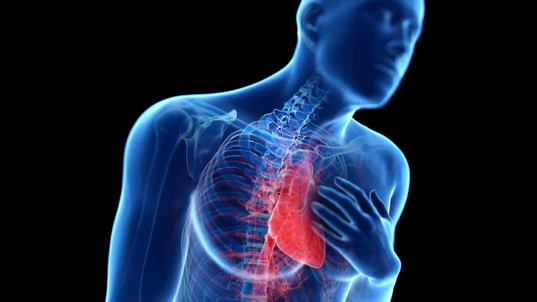
Signs and Symptoms of Heart Attack in Men
Men are more likely than women to have a heart attack, as well as more likely than women to have a heart attack earlier in life. A family history of heart disease, high blood pressure, or high blood cholesterol is not uncommon in Australia. Other risk factors might also be present in men, such as cigarette smoking or obesity. Pre heart attack symptoms occur in 50% of people who have heart attacks, according to the Society of Cardiovascular Patient Care.Signs & Symptoms of Heart Attack in Men
- cold sweat
- dizziness/feeling light-headed
- rapid/irregular heartbeat
- shortness of breath even when resting
- chest pain/pressure, squeezing sensation, intermittent or constant & intense
- stomach discomfort not unlike indigestion
- upper body pain/discomfort, including arms, left shoulder, back, neck, or jaw
Silent heart attack symptoms
A silent heart attack occurs without the symptoms. No chest pain or shortness of breath. You may not even realise you’ve had a heart attack. Silent heart attack is more likely to happen to men, but it’s more likely to be fatal for women. A study published in the US medical journal Circulation, revealed that 45% of heart attacks are silent. After a silent heart attack, the heart will be left with scars. Muscle death has occurred and the future chance of fatal heart attack will have been increased by a factor of three. The next heart attack has a strong chance of leading to fatal cardiac arrest. Read more about Sudden Cardiac Arrest. As the name suggests, it is not easy to recognise if you have had a silent heart attack and as a result, adequate treatment may not be received in order to prevent another.How do you know you’ve had a silent heart attack?
An electrocardiogram can analyse the heart’s electrical activity. The ECG can therefore detect that a silent heart attack has occurred. Other symptoms attributed to flu, stress or tiredness could also have been present:- abdominal pain or heartburn
- fatigue
- mild discomfort in chest, arms, or jaw, easing after resting
- shortness of breath/tiring easily
- skin clamminess
- sleep disturbances
Preventing a Heart Attack
Ask your doctor to test the condition of your heart if you have cardiac risk factors. You’ll have a better chance of staying on top of your heart health by scheduling regular medical check-ups and following a care plan. Learning to recognise the symptoms will also help you avoid the likelihood of severe heart damage from a heart attack by taking quick and decisive action. Disclaimer: This article is for informational purposes only. It does not constitute, replace, or qualify as any form of first aid training.
Originally published at
https://www.australiawidefirstaid.com.au/resources/heart-attack-symptoms-men
as part of the Australia Wide First Aid Articles Library



